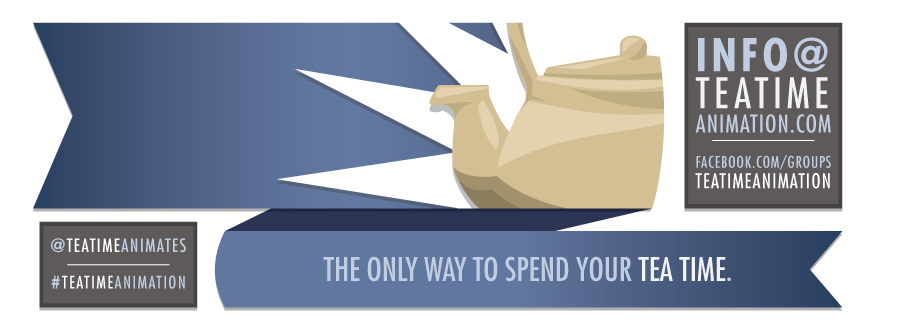I am very excited to tell you that we are ramping up for an amazing month of events this November. Unfortunately, that ramp was a little steep so you're getting a bit of a delayed write up from our fantastic 2K Games day on October 17th.
This summer, we were proud to have had a number of Tea Timers on a short term contract with 2K games working NBA 2K14. Lucky for us, they were happy to come back and share their experiences with the rest of us! They joined us for club, becoming the opening act for Paul Lee, their animation supervisor, who joined us for a delightful Q&A.
First, we covered file referencing. You may already be familiar with referencing assets - such as your set or rigged characters - but how about a method that makes your scene file even lighter and letting you animate despite ever-changing rigs / weights? We learned that there is a relatively easy method that isn't utilized very often! Simply separate out an additional rig to animate on. You will have 2 files to reference, one that is only the skeleton joints and the rig controls and the other is the mesh and skeleton joints. Orient constrain all the parts of the animation rig, except the hip which needs to be point constrained, to the original. This way, you, as an animator, can continue working and not have to worry about the character or animation not transferring while the art team is still developing the character, the modelers still modeling, or the riggers still creating the controls and weight paints.
Following this, we discussed animation layers; that third tab at the bottom of the Channel Box. Layers are extremely powerful. Just as in Photoshop, you can build up animation on top of each other in layers without affecting anything else underneath. You can easily take a vanilla walk cycle to a character walk cycle in almost no time. Layers are particularly amazing when having to edit a complex animation. They allow you to add on top of what was already animated or to do some minor tweaks and edit some poses just to try things out, without worrying about ruining your keys and splines. Each layer can also be toggled to be on and off, so if you don't like what you see, just disable the layer to hide the extra animation -- it will instantly revert to what it looked like before without having to go through and figuring out which keys you need to delete. Like buffer curves on a broader scale!
To wrap up the night, Paul shared some of his experiences with us. When asked about his number one piece of advice, his biggest suggestion was to always find ways to keep improving yourself. As a student or anyone interested in animation that is just starting out, learn your skills and other disciplines well enough to be self sufficient and then push yourself to doing those tasks more efficiently. While there has been fear of outsourcing and people losing their jobs, Paul has expressed not to worry about it too much. Other than issues of having to manage resources and schedules, outsourcing is just another part of the equation and there will always be a need to have key people in house. Instead of worrying about the things that are out of your control, take the time to be the better, and you'll do better stepping into the industry.
A big thank you to all those who stayed on a Friday night to enjoy the evening with Paul Lee -- we hope you found the talk helpful and informative -- and obviously all of our gratitude to Mr. Lee, himself -- and all of our 2K Tea Timers -- for sharing with us.
Happy Animating!
Don't forget to join the conversation at www.teatimeanimation.com
Questions? Don't hesitate to get in touch with us at info@teatimeanimation.com
Twitter: @TeaTimeAnimates
Instagram: @TeaTimeAnimation

No comments:
Post a Comment